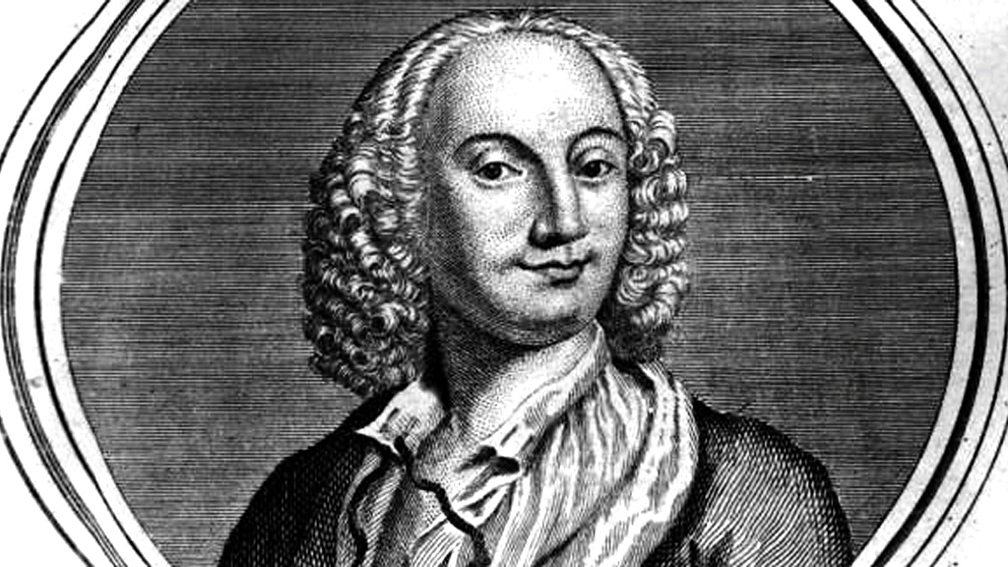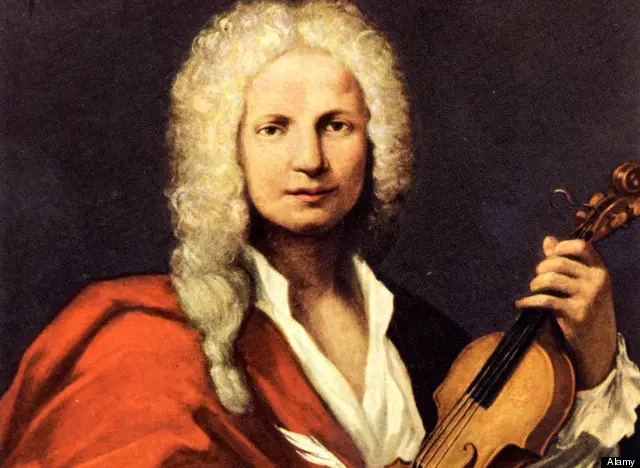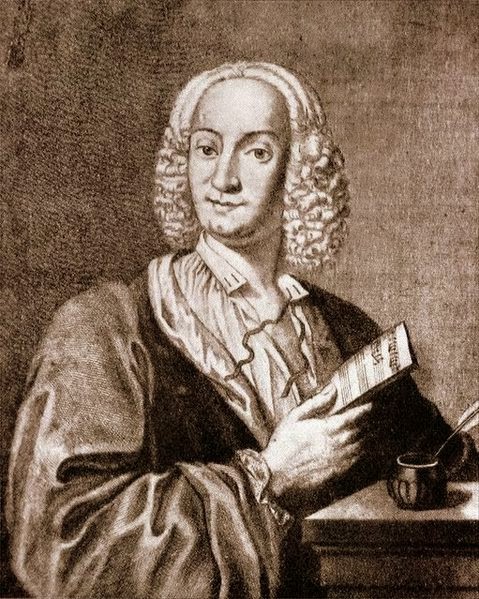

The second movement is significantly more chromatic in RV 589, but nonetheless is texturally similar to the setting present in RV Anh. Motivic material present in the orchestral parts of either piece are also shared, including octave jumps in the opening motives of the piece. 23: the first movement's chorus shares similar key modulations to that of the first movement of RV 588, only modified to fit a duple meter instead of the triple meter of RV 588. Two introduzioni exist as explained above.Īs in RV 588, there exists evidence of influence by RV Anh. This piece, along with its mother composition RV 588, was composed at the same time during Vivaldi's employment at the Pietà. This is the better-known setting of the Gloria, simply known as the Vivaldi "Gloria" because of its outstanding popularity. Qui sedes ad dexteram Patris (Mezzo Soprano).The second movements of both RV 588 and RV 589 ("Et in Terra Pax") both show chromatic patterns and key modulations similar to that of the second movement of RV Anh. 23, sans the second coro employed in RV Anh. The first movement of RV 588 is also an extended version of RV Anh. Many movements show inspiration from this composition, and two movements ("Qui Tollis" and "Cum Sancto Spiritu") are plagiarised from the original Ruggieri setting (although "Qui Tollis" completely omits the second coro (chorus), and "Cum Sancto Spiritu" is slightly modified). RV 588 borrows extensively from a double orchestra-and-choir setting of the same text by Giovanni Maria Ruggieri (which will henceforth in this article be referred by its RV cataloguing number of RV. The date of composition between this Gloria and RV 589 is still disputed, but both show compositional inspiration from each other.

The first movement is interwoven with the last aria of RV 639, as explained above.

The lesser known of the two surviving Glorias, RV 588 was most likely composed during Vivaldi's employment at the Pio Ospedale della Pietà, known for its advanced choral ensemble. Four introduzioni exist for these Glorias: Cur Sagittas (RV 637), Jubilate, o amoeni cori (RV 639) (the last movement of which is compositionally tied with the first movement of RV 588), Longe Mala, Umbrae, Terrores (RV 640), and Ostro Picta (RV 642). Further information: Introduzioni (Vivaldi)Īs with other choral pieces the composer, Vivaldi, wrote many introduzioni (introductory motets) that were to be performed before the Gloria itself.


 0 kommentar(er)
0 kommentar(er)
